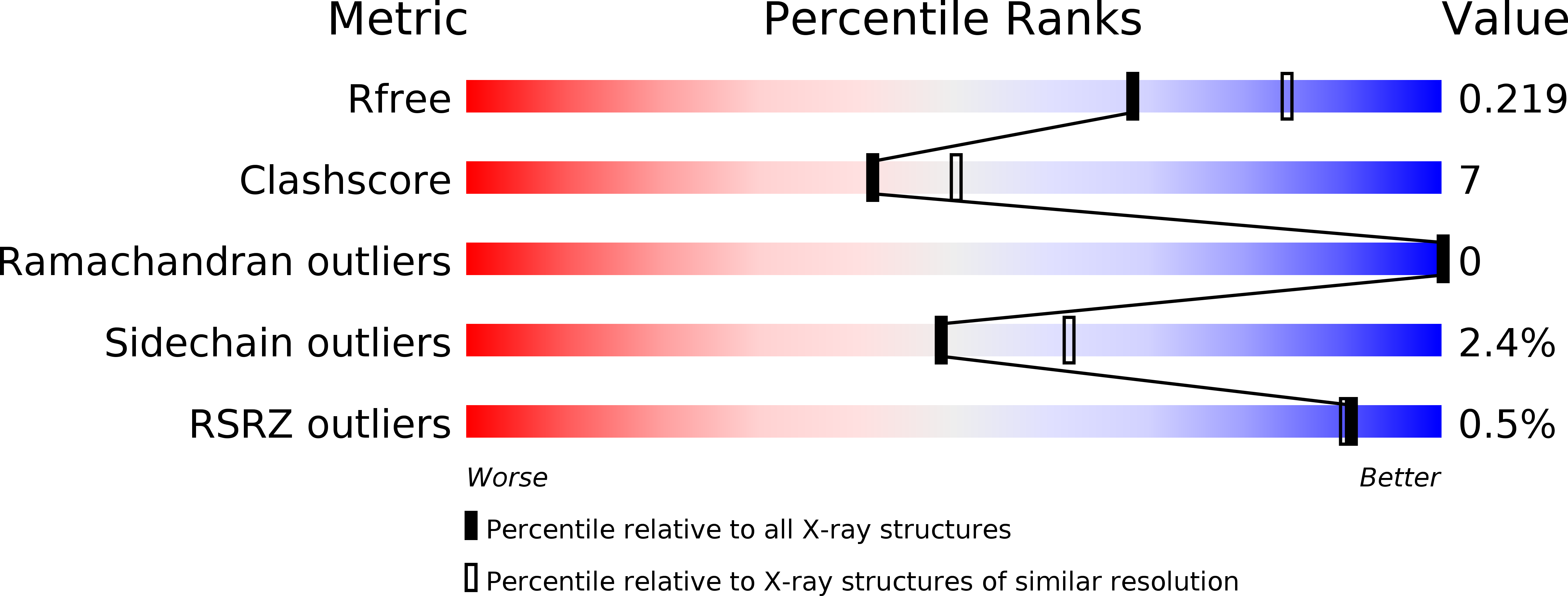
Deposition Date
2011-07-18
Release Date
2011-08-24
Last Version Date
2024-10-16
Entry Detail
PDB ID:
3SYJ
Keywords:
Title:
Crystal structure of the Haemophilus influenzae Hap adhesin
Biological Source:
Source Organism:
Haemophilus influenzae (Taxon ID: 727)
Host Organism:
Method Details:
Experimental Method:
Resolution:
2.20 Å
R-Value Free:
0.22
R-Value Work:
0.18
R-Value Observed:
0.18
Space Group:
P 21 21 21


